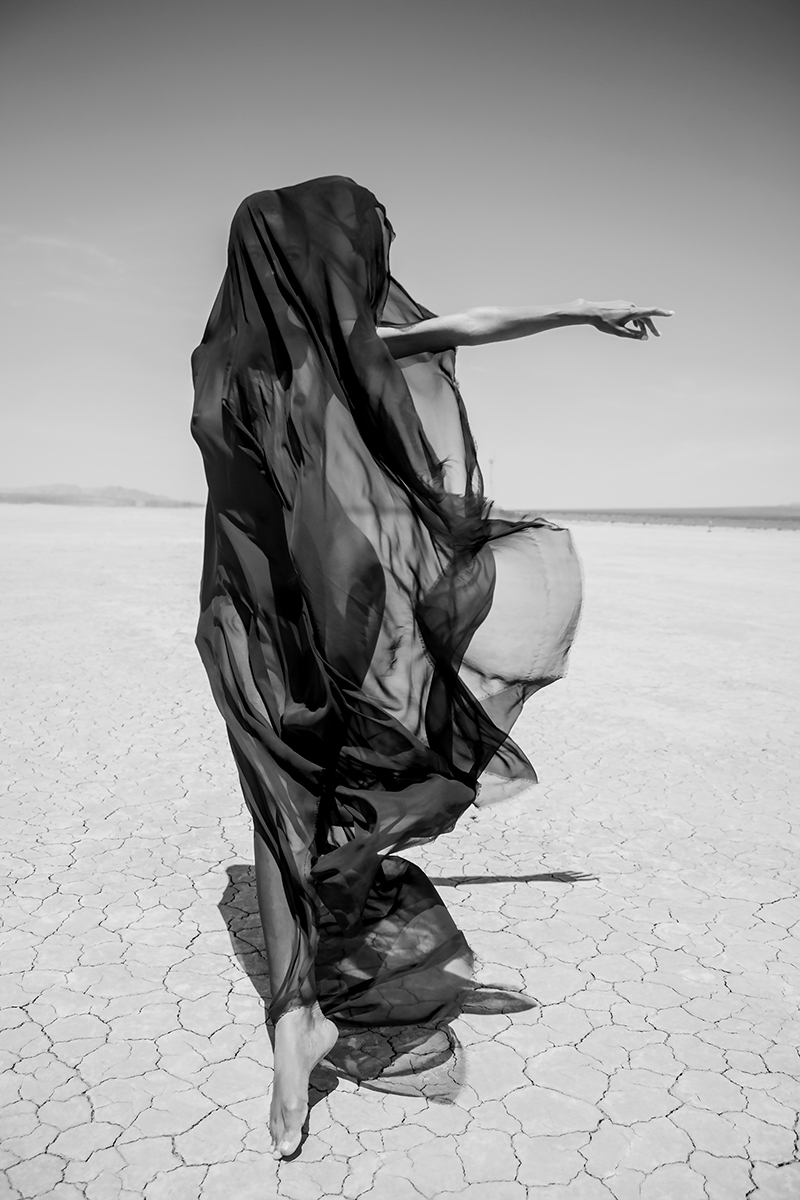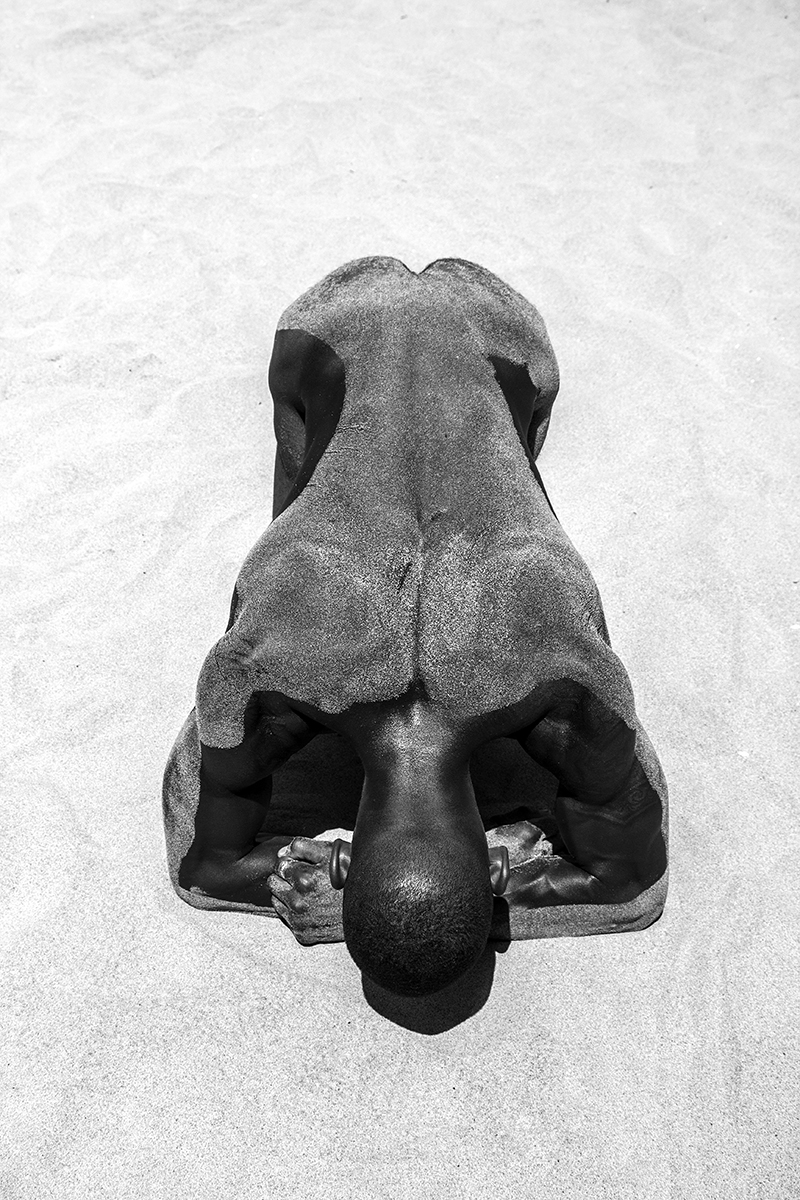UpClose With Photographer Gregory Prescott

Founder - Daniel Watson is a creative director and storyteller…



 +4
+4 In this exclusive interview, we delve into the inspiring journey and unique perspective of a seasoned artist who has spent decades shaping the realm of visual storytelling. Prepare to be immersed in Gregory Prescott’s profound passion for capturing the human form, their tireless dedication to diversifying the cultural landscape of fine art, and their unwavering commitment to highlighting the beauty that resides within us all. Join us as we explore the captivating fusion of artistry, spirituality, and self-expression with Gregory Prescott who fearlessly pushes boundaries and encourages others to embrace their true artistic voice.
What inspired you to pursue fine art photography, and how did you develop your unique style of capturing the human form?
I have always been interested in various art forms and started my journey as an illustrator. However, in the late 80s, I discovered Herb Ritts’ photography, which fascinated and inspired me with its style, use of light, shape, and shadows. His classic approach and ability to portray the human body artistically and sculpturally, without relying on sexuality, deeply intrigued me. I wanted to create nudes that break the taboo surrounding them in our country and make them suitable for hanging on walls. This inspired me to develop my own style of capturing the human form.
In your work, you aim to diversify the cultural spectrum in fine art photography. Could you elaborate on how you achieved this goal?
I noticed that white individuals can visit art galleries and museums to appreciate art nudes that resemble them, viewing them as works of art. I believe people of color should also be able to accept and appreciate the beauty of their own bodies. Throughout history, people of color have been subjected to mental, emotional, and physical destruction, making them feel inadequate. However, I strive to represent people of color as works of art in my images, highlighting their beauty and reclaiming their place in the art world.
Your photographs display the essence and sensuality of the human form without relying on excessive sexuality. How do you strike a balance between sensuality and modesty in your work?
Personally, I don’t consider my work to be graphic, but I understand that others may perceive it as erotic due to the nudity involved. Each viewer interprets my work based on their own perspective. Some people struggle to separate nudity from sexuality, and that is precisely the point I aim to convey. I want to showcase the inherent beauty of the human body and celebrate our differences. The creations of a higher power should not be frowned upon or considered wrong and dirty. We should be able to embrace and celebrate ourselves for who we truly are.
How do you collaborate with your subjects to capture their true and outstanding beauty in your photographs?
Before beginning a shoot, I spend some time conversing with the model. This helps create a relaxed atmosphere and allows me to connect with them on a personal level. I value their input and sometimes incorporate their ideas into the creative process. Getting to know my models better enhances the overall experience, and I am genuinely grateful for their participation.
What is your approach to lighting and composition in your photography, and how do you use these elements to enhance the beauty of your subjects?
I prefer to work with natural light, primarily relying on the sun for illumination. I find that natural light is perfect for capturing the beauty of the human skin. Whenever I have experimented with strobe lighting, the results tend to appear too commercial for my taste, losing the natural appeal I strive for. In terms of composition, I have a keen eye for shapes and lines, while also ensuring the model is captured in their natural element.
Your photographs often feature a wide range of skin tones. What message do you hope to convey through the representation of diverse skin tones in your work?
Diversity holds immense significance. I believe that diversity is beautiful, and I hope that one day, we can all appreciate and accept ourselves and others for who they are. By featuring a range of skin tones in my work, I aim to convey the message that all skin tones are equally valuable and deserving of celebration.
Could you walk us through your creative process, from conceptualizing an idea for a photograph to the final image?
As a highly visual person, ideas constantly flow through my mind. There isn’t a set process for me. Sometimes, an idea will spontaneously emerge during my daily life, and I immediately begin working on bringing that vision to life. This involves finding the right model, props, and location to match my vision. I draw inspiration from books, social media, and nature. I embrace spontaneity and once I latch onto an idea, I invest myself in making it a reality.
How do you envision the evolution of your work in the future, and what new techniques or concepts are you interested in exploring?
In recent years, I have ventured into shooting medium-format films, and I wish to delve deeper into that realm. I am drawn to the aesthetic of the film, even though the digital process is more convenient and faster. It’s a matter of staying committed and patient with the film process. Additionally, I am intrigued by wet plate collodion photography and its vintage appeal. Creating images that resemble those produced in the 1800s would be an exciting avenue for exploration.
You describe yourself as a channel for God, the true artist. How does your spirituality inform your photography, and how does your art reflect your beliefs?
Although I don’t attend church, I maintain a daily connection with God through personal conversations. I aim to remind people that God designed and engineered the human body without any mistakes. Therefore, instead of shaming it, we should celebrate it as a work of art. My photography reflects this belief, emphasizing the beauty and divinity inherent in the human form.
Finally, what advice would you give to emerging photographers looking to develop their own style and voice in the art world?
My advice to emerging photographers is to stay true to themselves. Avoid shooting solely to please others. When you embrace your authentic self, your audience will naturally be drawn to you. Focus on developing your unique style and voice, and let your passion and creativity guide you on your artistic journey.
For more information about Photographer Gregory Prescott and how to purchase prints and view his work head over to gregoryprescott.net. Follow for updates on Instagram.
Related
What's Your Reaction?
Founder - Daniel Watson is a creative director and storyteller based in Brooklyn. He has a passion for crafting compelling content across various mediums, with expertise in marketing, magazine, web, photo, branding, and digital content strategy

























